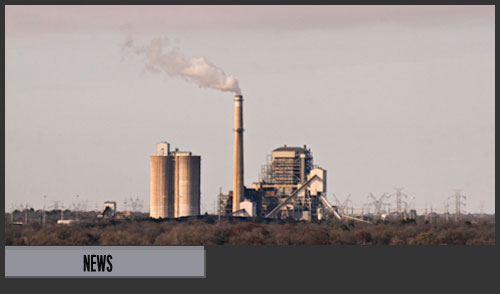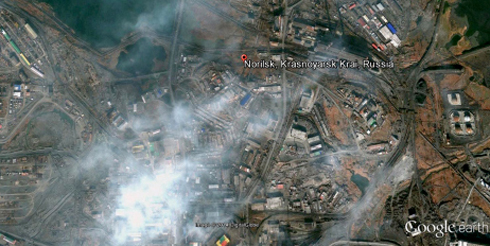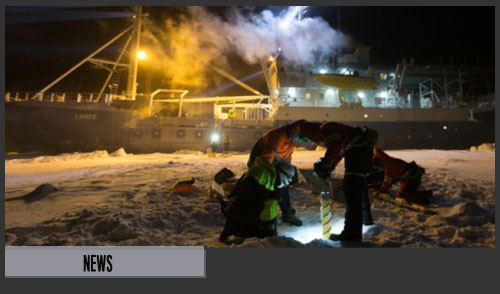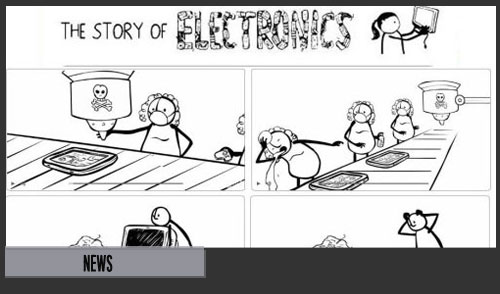ANDERSON — Straddling a dammed-up creek 20 miles east of College Station squats the Gibbons Creek Steam Electric Station, a massive coal-fired power plant supplying the city-owned utilities of Denton, Bryan, Garland and Greenville.
In the plant, a boiler is suspended from a steel beam like a glowing bee’s nest hanging from a giant tree limb. A conveyor feeds the boiler finely ground coal, fueling a fireball hotter than flowing lava. . . The control room on top of the plant is aglow with computer screens where workers in overalls press buttons to control feeders, fans and flow rates, and monitor the behavior of the fireball inside the boiler. Good behavior is determined by how much and what form of sulfur, carbon, mercury, nitrogen, particulates and other contaminates the burning coal produces.
“All this is just a giant chemistry experiment,” said Jan Horbaczewski.







